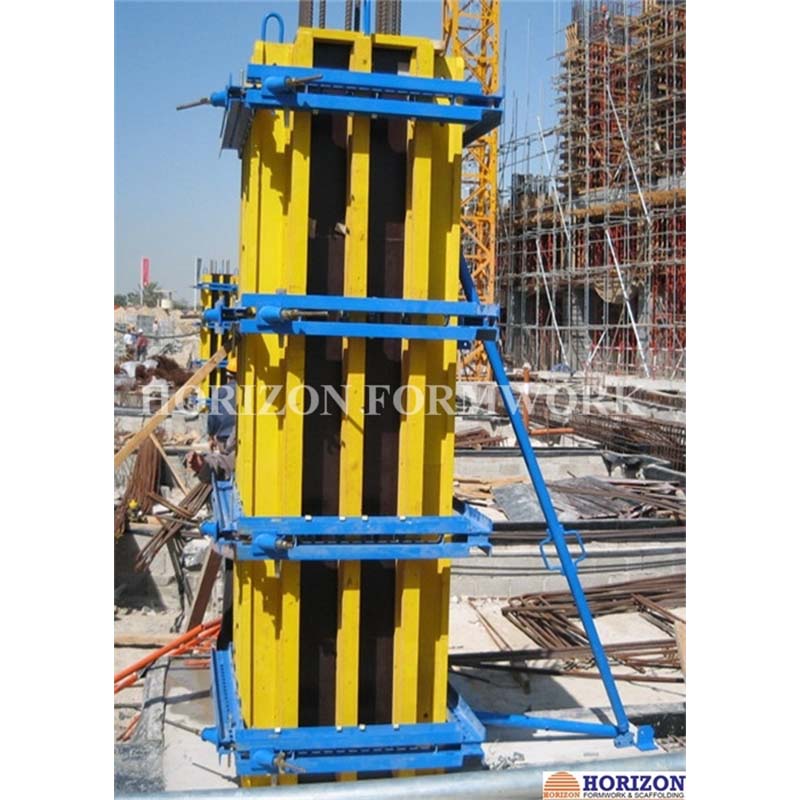Aug . 12, 2024 11:56 Back to list
Exporting Expanded Metal Formwork Solutions for Construction Industry Needs and Global Market Demand
Exploring Expanded Metal Formwork Exporters A Comprehensive Overview
The construction industry is constantly evolving, and with it, the demand for innovative building materials. One such advancement is the use of expanded metal formwork, a unique solution that has gained traction in both residential and commercial construction projects. As more companies worldwide recognize the advantages of this product, the market for expanded metal formwork exporters has burgeoned.
What is Expanded Metal Formwork?
Expanded metal formwork is a type of construction form made from sheets of metal that have been mechanically expanded and formed into a mesh-like structure. This design provides a robust and lightweight framework that can be used for a variety of applications, including concrete pouring and structural support. Its properties make it particularly beneficial in construction, as the openings within the mesh allow for the penetration of concrete, resulting in superior bonding and strength.
The primary materials used in expanded metal formwork are typically steel or aluminum, both of which offer durability and resistance to corrosion. This makes expanded metal formwork particularly suitable for use in environments where traditional formwork materials might fail or degrade over time.
Advantages of Expanded Metal Formwork
1. Lightweight Yet Strong One of the most significant advantages of expanded metal formwork is its lightweight nature, which reduces the overall burden on structural supports while maintaining strength. This allows for easier handling and installation, leading to reduced labor costs.
2. Versatility Expanded metal can be manufactured in various sizes and shapes, making it adaptable for different construction needs. This versatility allows engineers and architects to design projects with greater creativity and efficiency.
3. Cost-Effectiveness Though the initial investment in expanded metal formwork might be higher than traditional methods, the long-term savings in labor, time, and durability make it a cost-effective choice. Its reusability in multiple projects also enhances its economic viability.
expanded metal formwork exporters

4. Enhanced Bonding The mesh structure of expanded metal provides an excellent interface for the concrete, resulting in a stronger bond and reduced risk of cracking. The durability in harsh conditions is an added benefit that many builders are now considering.
The Role of Exporters in the Expanded Metal Formwork Market
As the demand for expanded metal formwork rises globally, exporters play a crucial role in its distribution. These companies facilitate the supply chain, connecting manufacturers with construction firms around the world. Due to varying regional regulations and building codes, a deep understanding of local markets is essential for successful exportation.
Exporters focus on quality assurance, ensuring that the expanded metal products meet international standards. They also navigate complex logistics, including shipping regulations, tariffs, and compliance with safety protocols in different countries. This expertise is invaluable for construction firms looking to source expanded metal formwork efficiently.
Challenges Faced by Exporters
Despite the opportunities available, exporters in the expanded metal formwork market face several challenges. Fluctuating metal prices, trade tariffs, and geopolitical situations can affect supply chains and profit margins. Furthermore, maintaining quality during transportation and adherence to international standards presents ongoing hurdles.
Conclusion
The market for expanded metal formwork is on the rise, driven by its numerous advantages in construction. Exporters are essential to this burgeoning industry, serving as vital links between manufacturers and construction firms worldwide. As the demand for innovative building materials continues to grow, the role of expanded metal formwork exporters will only become more critical. Through adaptation and resilience, these exporters are positioned to thrive in the evolving landscape of the construction industry.
-
High-Quality U Head Jack Scaffolding – Reliable Scaffolding Jack Head Manufacturer & Factory
NewsJul.08,2025
-
High-Quality I Beam H20 Leading Timber Beam H20 Material Factory, Exporters & Manufacturers
NewsJul.08,2025
-
High-Quality Powder Coating Steel Formwork - Durable & Corrosion Resistant Solutions
NewsJul.07,2025
-
Inclined Column Formwork Supplier – Durable & Precise Solutions for Unique Structures
NewsJul.07,2025
-
High-Quality Water Stop Solutions Trusted Water Stop Company & Suppliers
NewsJul.07,2025
-
High-Quality Formwork Material Supplier Reliable Manufacturer & Factory Solutions
NewsJul.06,2025